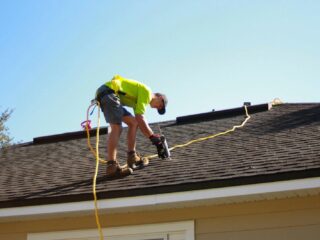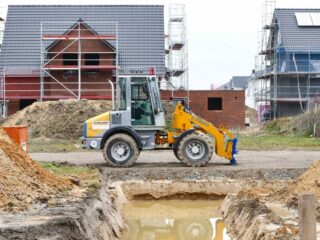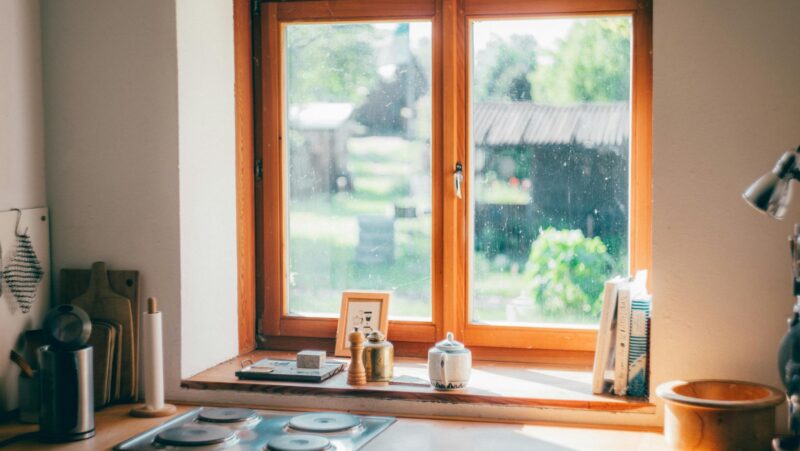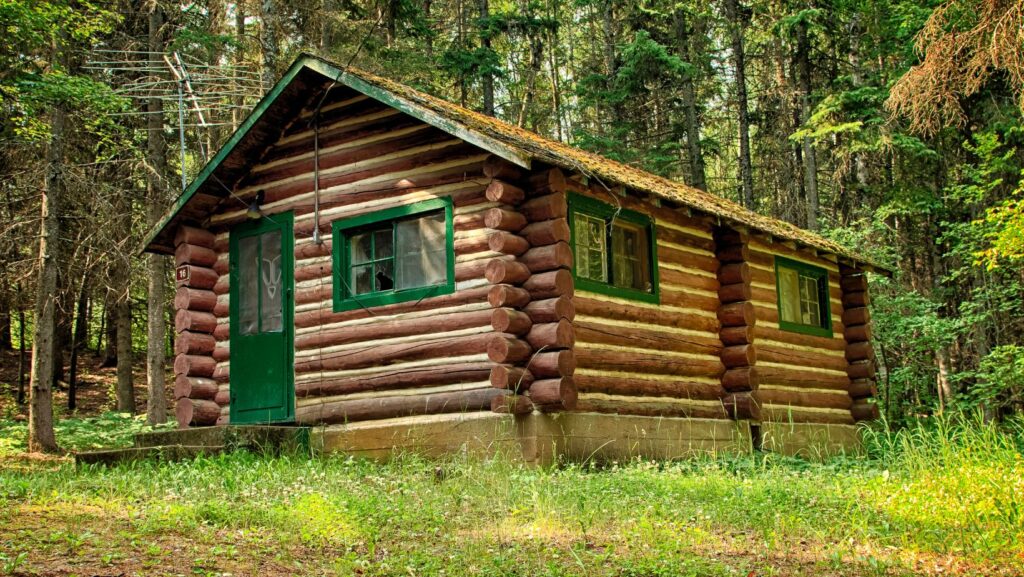
Covering of walls with log sidings have long been used to protect buildings and raise the aesthetics. Log sidings have this natural ability to improve the look even the value of a property, however, it has its shortcoming in terms of maintenance and durability.
And that is where its alternatives come in. With different log siding alternatives available, people can now enjoy the aesthetics plus better durability.
If you’re in the market for an alternative to log siding, you may be a little confused about the options available to you. There have been lots of log-look sidings made over the years using various materials. All of which come with diverse composition, properties, and benefits.
Learning about your alternatives will help get a suitable siding that fits your properties design and your budget. These alternatives typically take on the beautiful aesthetics of wood sidings and then accompany it with better durability and easier maintenance.
In this guide, we’ll be analyzing some of the most popular log siding alternatives available to you. So before you make the decision on which faux wood log siding to use on your walls, check out this piece highlighting their properties and how they fit.
Leading 3 Alternatives
There are lots of options but in this section, you’ll only be seeing the top three alternatives to log sidings that you can use on your exterior walls. Complete with their composition and what makes them stand out.
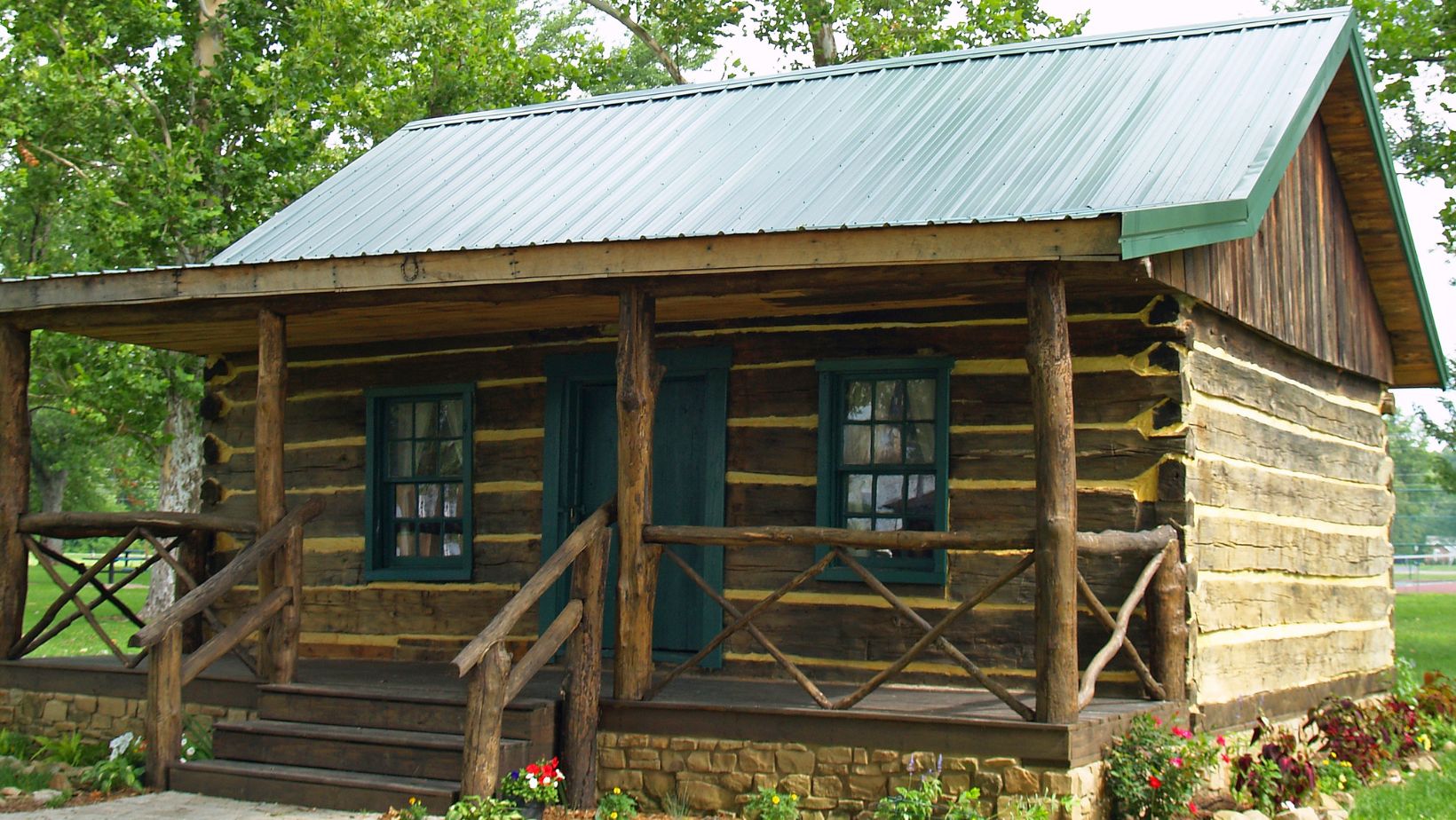
Ready?
Concrete Log Siding
One of the most widely used log siding alternatives is the concrete siding made from pouring sand, cement, and glass fibers to reinforce the sidings. Because of the glass fibers, it is sometimes called fiber cement siding.
This log siding alternative is arguably the most durable among the lots with its composition ensuring a rugged build. It can easily withstand insect attack, UV rays, harsh weather conditions, and even fire.
The aesthetics is one of the best with closer resemblance to wood including the gains, patterns, look and feel.
Concrete’s unmatched durability, minimal maintenance, and longevity makes it an attractive option for many. However, it is quite heavy and installation is challenging. Concrete is also expensive, especially its initial cost. So it may be out of reach for people under strict budgets.
Vinyl Log Siding
Another alternative for log siding is vinyl made from pouring polyvinyl chloride in a cast to form a siding that mimics wood. Unlike most alternatives with extreme high cost, vinyl is considerably more affordable so accessible to even home owners with small budgets.
Its vinyl structure makes it resistant to rot, moisture, and some harsh weather conditions. However, it is not the most durable as heat and pressure can damage the siding.
Vinyl log siding comes in a variety of colors but does not have the realism of options like concrete. Although modern advancements are improving the texture and feel to get a more realistic appearance.
Installation of this siding is easy with its lightweight design perfect for DIYers to explore.
Steel Log Siding
Steel or metal log siding is another popular choice for people looking for alternatives for log sidings. Just like the other alternatives, this siding is made from pouring metal into a cast.
The durability of steel siding is evident due to the toughness of the material. With steel easily able to withstand rot, insect attack, snow, and rainfall. However, steel sidings are susceptible to dents when pressure is applied.
Apart from the obvious durability, steel is also low maintenance, requiring only occasional rinsing to keep it looking good.
Why Choose The Alternatives Over Real Wood Siding?
If all these alternatives are mimicking wood in one way or the other, then you may be wondering why bother with the alternatives when you can go for the real wood. Well, there are many reasons why people choose log siding over the real wood siding and we’ll be seeing them here.
Superior Durability
The primary reason most people go for the alternatives is their superior durability. While wood gets easily rotten on exposure to moisture and is also susceptible to insect attack, the alternatives are more durable with some even able to withstand fire and extreme temperature.
Low Maintenance
Wood usually needs a lot of maintenance like painting and coating to keep it looking good, but these other options are low maintenance. So you won’t need to do much after installation. Most of them only require cleaning with water.
Eco-Friendliness
Wood’s short lifespan means more trees will need to be felled to keep your home protected. Insulation is also not the best with wood so you may have to spend more to maintain the energy in your home. This makes it not an excellent eco-friendly option.
Most of the other alternatives are better for the environment with options like steel being recyclable. Concrete log siding has a higher insulation rating than the real wood log. The longevity and durability of the alternatives further boosts its eco-friendliness.
Weather Resistance
These alternatives also have excellent weather resistance so they are great for homes in areas with extreme temperatures. Unlike wood that is easily damaged from wind, heat, snow, and water.
Final Thoughts
There are lots of different alternatives to wood log siding for people who want to enjoy all the benefits of wood while eliminating the downsides. Wood has an excellent aesthetics and an exterior wall siding but is not durable and easily affected by the environment.
The options include steel, vinyl and concrete. All of which are cast with different materials and offering varying properties. With benefits stretching from durability to ecofriendliness.
People prefer the alternatives because of the extra durability, low maintenance, weather resistance, and eco-friendliness. There are lots of options and benefits to enjoy with using the alternative to wood log siding.
If you decide to use concrete which is one of the most popular options, Clear Creek Siding has a variety of options that you can choose from. While also offering you guidance on which siding is best for your property and installers to use.





